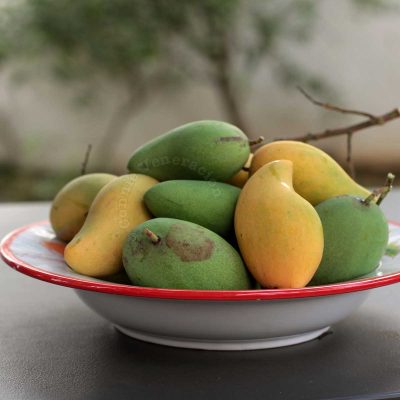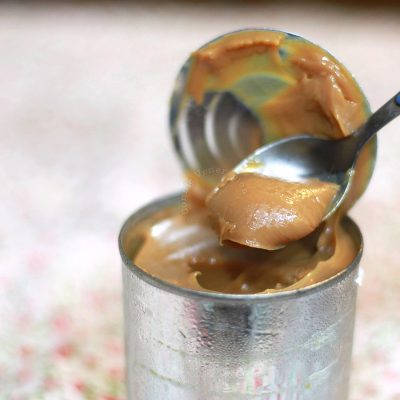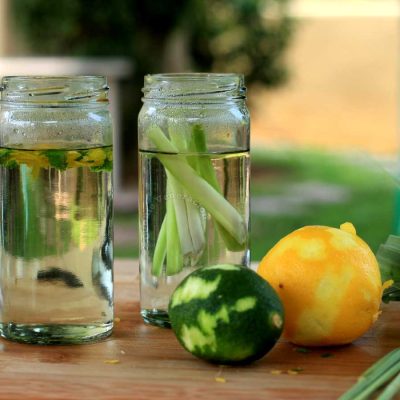Like scallions, leeks don’t grow bulbs like onions do. Leeks, like scallions, grow tubular leaves.
Why are some leeks really large while others are smaller?
In regions with four distinct seasons, leeks grown and harvested within the same season, known as “summer leeks” are smaller. Those harvested the following year, or “overwintering leeks” are larger.
In regions with wet and dry season, leeks are generally planted and harvested within the same season and are, as a result, smaller.
Which portions of the leeks are edible?
Generally, the tough and fibrous dark green portion of the leaves are not used for cooking.
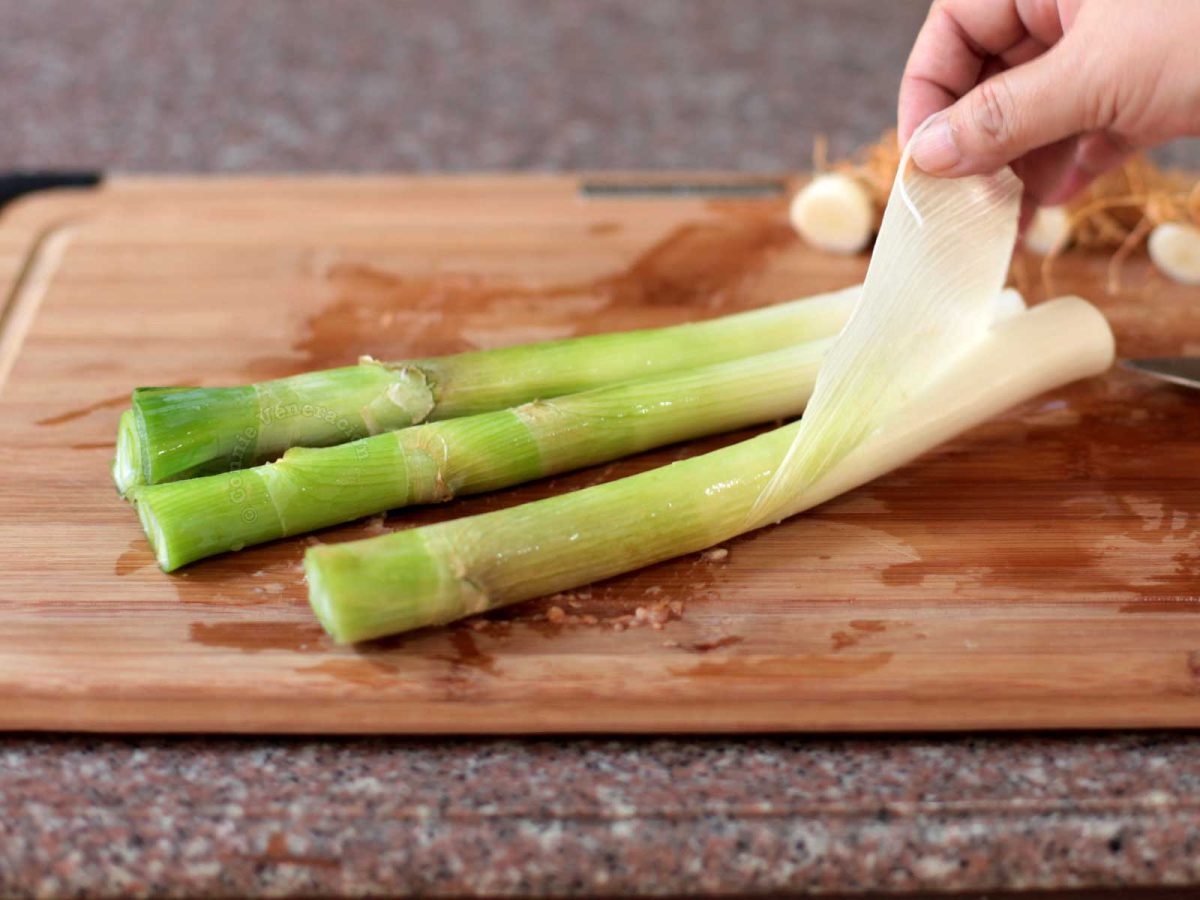
With smaller leeks, however, everything — except the roots and outermost layer of the stalk — is edible. The white and light green portions can be eaten raw in a salad or used in lieu of onions for sauteeing. The dark green portion of the leaves can be tied together and used to flavor broth.
How is embedded soil removed?
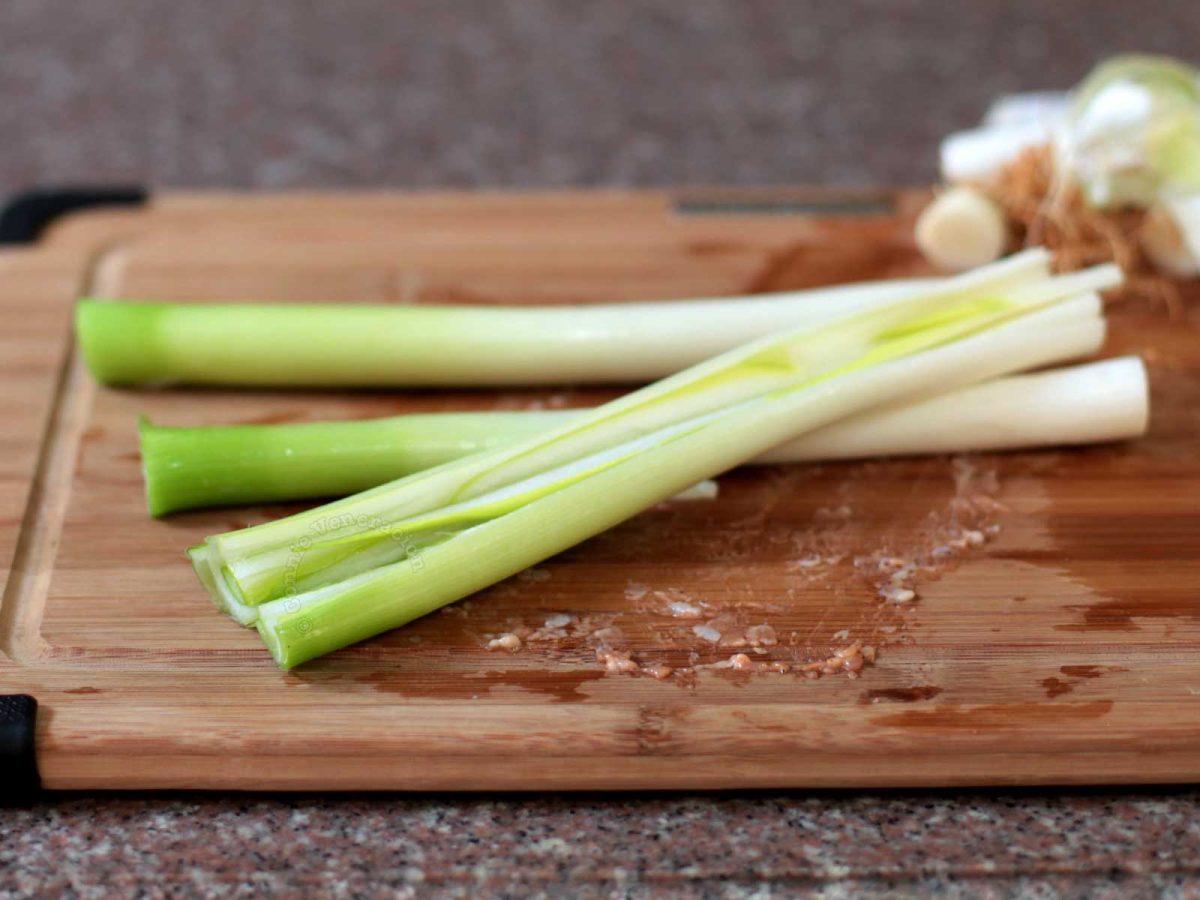
Especially with large leeks, soil finds its way between the layers of the stalk. To make sure that your leeks are free from any foreign objects, cut the stalk vertically, not all the way through but just to expose the center, then rinse under the tap making sure that the water hits the innermost parts of the stalk directly.
How leeks should be cut depends on how they are intended to be served
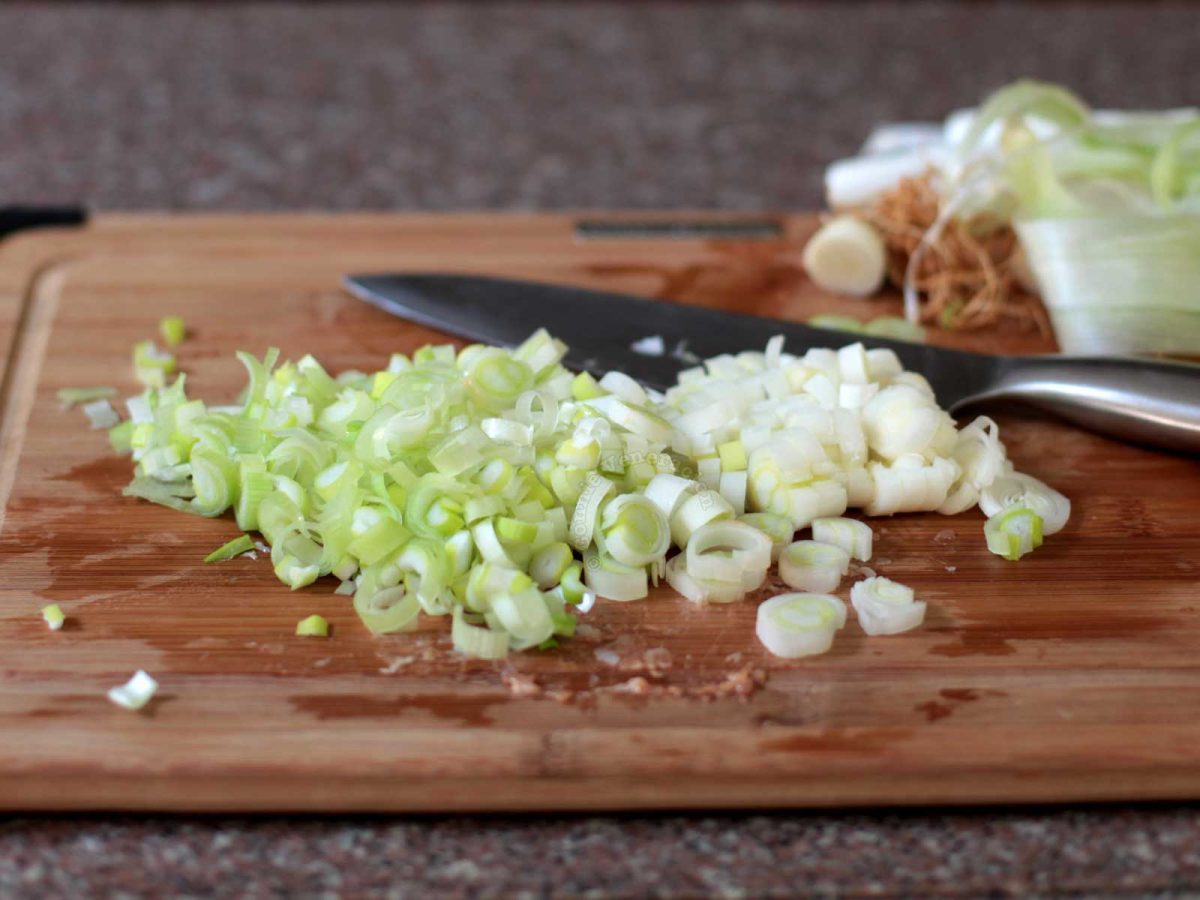
If you’re going to serve the leeks raw (as in a salad), simply slice the stalks thinly. If you want to make the flavor milder, soak in iced water for about ten minutes then drain before tossing into a salad.
For cooking, how the leeks should be cut depends on the recipe. They can be cut int- one-inch lengths, thinly sliced or even left whole.

